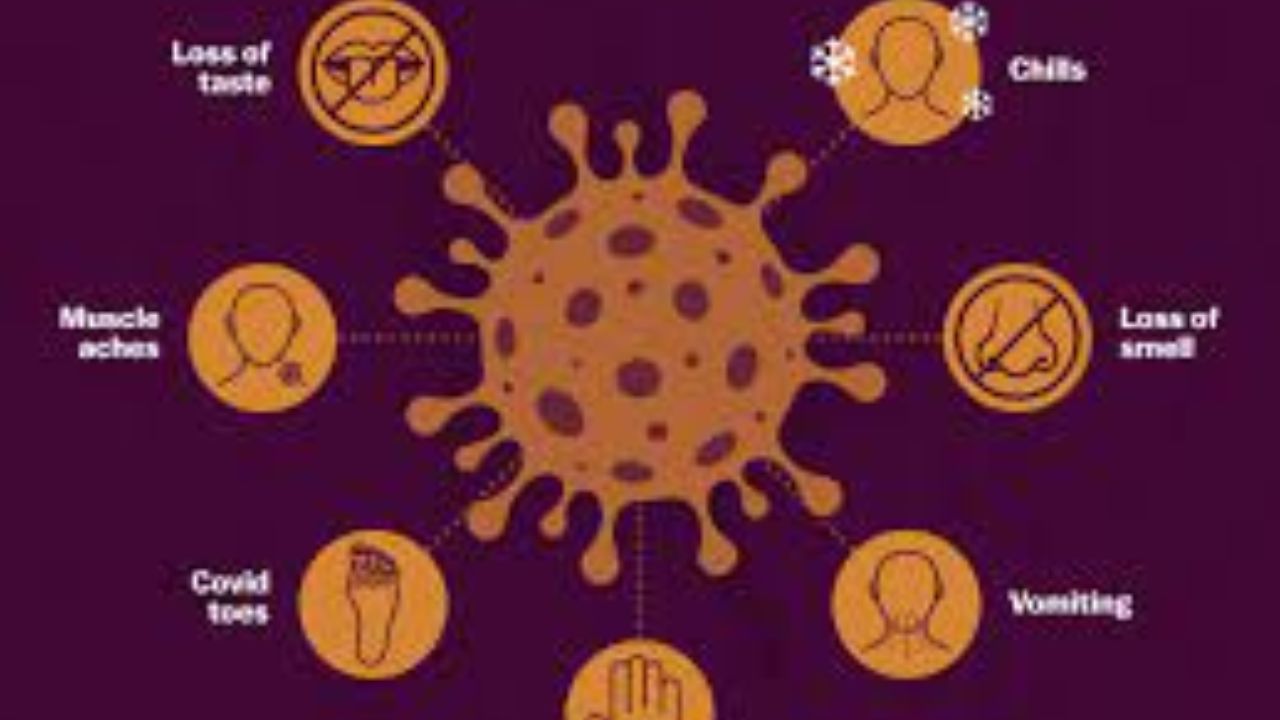Coronavirus: COVID-19, Vaccines, Symptoms, Causes & Treatment
The coronavirus that caused COVID-19 was first discovered in 2019, whereas an infection brings influenza with an influenza virus.

How did Corona start?
A new worldwide public health catastrophe has emerged due to the rapid spread of the coronavirus disease 19 (COVID-19), which first appeared in Wuhan, China, in early December 2019. There have been confirmed cases in practically every country in the world.
The coronavirus 2 associated with the severe acute respiratory syndrome was named the etiological culprit (SARS-CoV-2).
The virus was first identified in bats. Human transmission is mainly accomplished by direct, indirect, or close contact with infected individuals with respiratory secretions, saliva, or respiratory droplets released by coughing, sneezing, or speaking.
On March 11, 2020, the World Health Organization identified COVID-19 as a new coronavirus disease and declared it a pandemic.
Read Also~WHO Flags New Covid Strain as ‘Variant of Interest’ in Global Health Alert
Symptoms of Covid:
The Centers for Disease Control and Prevention (CDC) estimate that SARS-CoV-2 takes 4 to 5 days to incubate. However, it can vary from two to fourteen days.
Not all SARS-CoV-2 infections result in illness. The virus may be present and cause no symptoms at first. When symptoms do appear, they usually start mildly and progress gradually.
The most typical signs are a fever that worsens over time, a cough that worsens, exhaustion, shortness of breath, and a loss of taste or smell.
Covid Vaccination Drive:
On January 16, 2021, the COVID-19 vaccination campaign in India got underway. Everyone at least 18 years old as of May 1, 2021, is eligible for vaccination under the campaign. 326 million Indians had received the first vaccine dosage by July 20, 2021, and 85 million (6.1 percent) had received the second. By 2021, vaccination rates would be too low to reach the entire country.
As a result, the Government of India created a centralized immunization program and gave out more than 86 million doses of the COVID-19 vaccine on day 1. (June 21, 2021). Mass immunization against COVID-19 could result from such a vaccine strategy.
Covid Booster Dose:
After receiving the initial vaccination, this vaccine dosage is administered to the patient (sometimes called a primary dose or, if more than one dose, a primary series). A booster dose might assist the immune system in “boosting” the protection it offers because immunity from the initial vaccination can wane over time.
Types of Covid Vaccines:
Vaccine for messenger RNA (mRNA):
This kind of vaccine employs genetically modified mRNA to train your cells on how to produce the S protein located on the COVID-19 virus’s surface.
Read Also~Tamar Braxton’s Dating Journey from Divorces to the JR Robinson Romance
The vector vaccine.
Genetic information from the COVID-19 virus is inserted into a modified variant of a different virus in this vaccine (viral vector). When the viral vector enters your cells, it releases genetic information from the COVID-19 virus that instructs your cells to duplicate the S protein in those cells.
